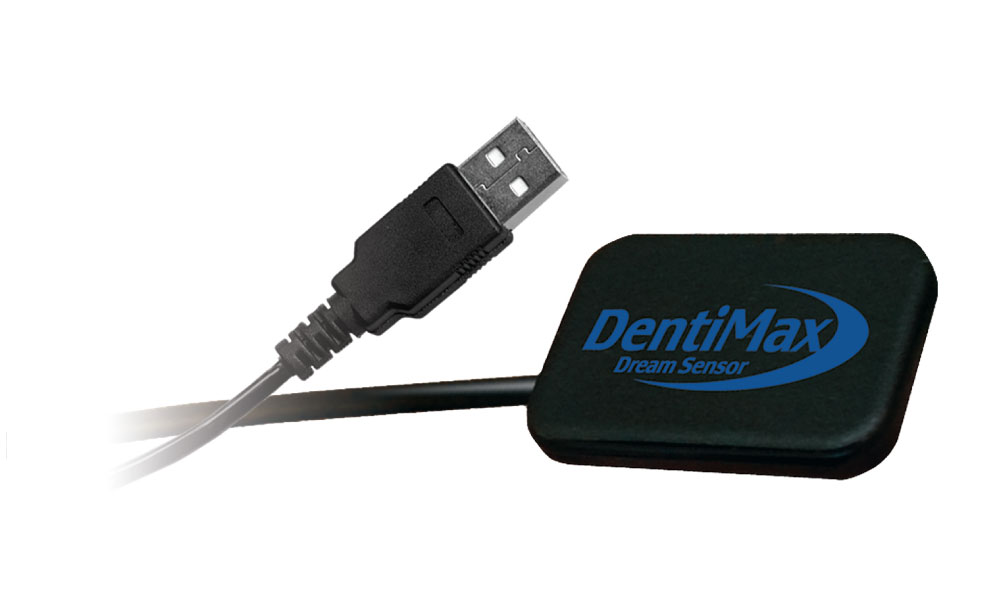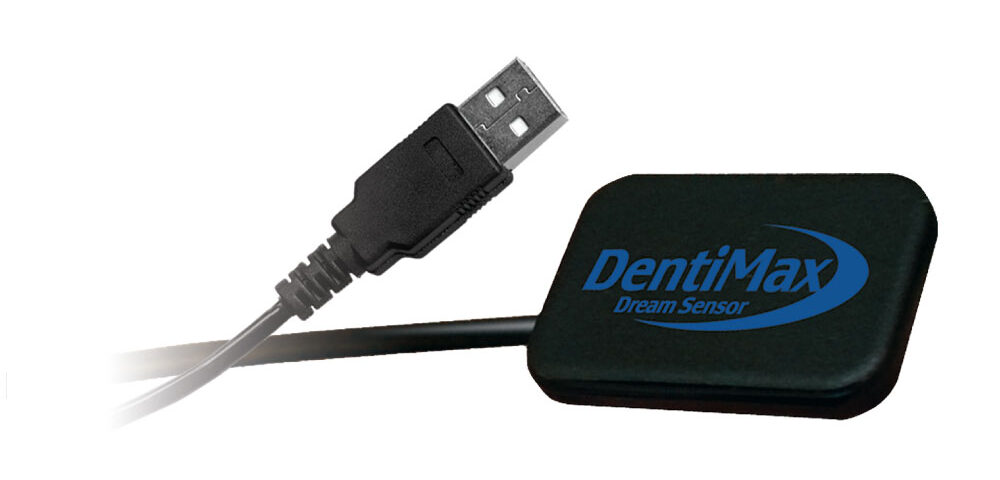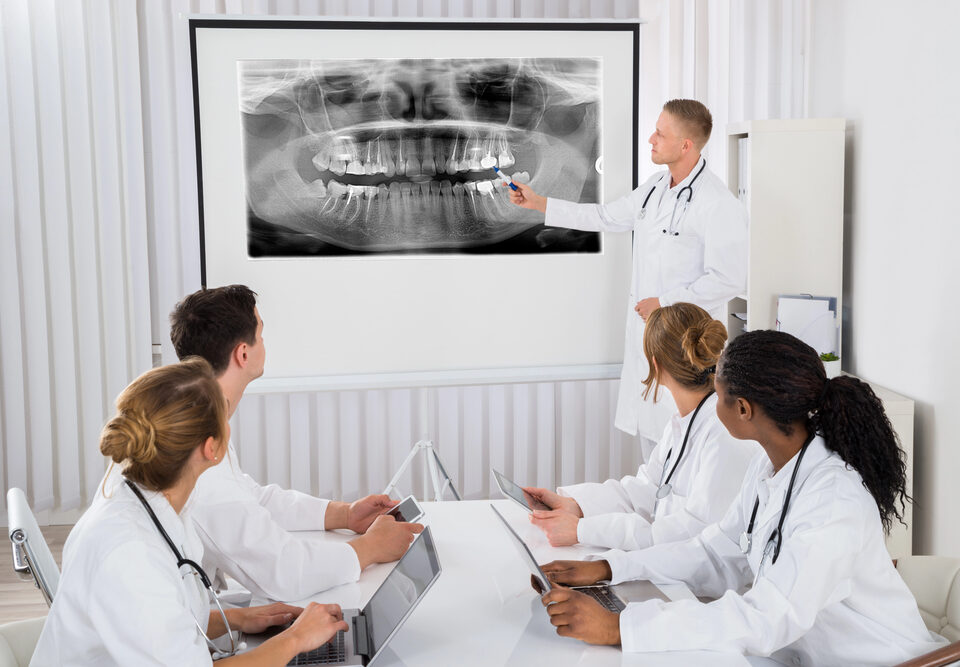The first thing your practice needs is a good digital sensor. Why rely on those old school clunky x-ray machines one radiation spike away from a nuclear disaster? Then let’s not forget its development process with lots of carcinogenic chemicals. If you haven’t already, then it’s time to switch from analog to digital.

Dental Digital Sensors
In the dental and medical fields, doctors use sensors to get rid of conventional film and its chemicals. With operations using digital x-rays, patients get less radiation during their treatments. In addition, these sensors ensure that dentists will get consistent crisp diagnostic images at a high resolution.
Cleaner, faster and more effective in comparison to traditional analog
Digital sensors go for high quality and perfection since they deal a key part of dentistry. Using this digital type of sensor will achieve the sensitivity and effectiveness a practice needs. More than 90% of dentists and practitioners who use it recognize that a move from analog to digital was a good investment.
What makes a digital sensor different from analog?
Digital sensors refer to an electronic device that uses digital means to transmit and convert data. The sensors can conduct analytical measurements that involve chemical and physical properties of various liquids. The most used measurement parameters are conductivity, pH, redox potentials, and oxygen, among many others. The measurements are important in the industrial and medical field to give vital input for the purposes of process control.
In the recent past, the analog sensors would run these measurements. But with technology advancing, digital sensors were made to accomplish these same purposes. The traditional disadvantages of analog sensors triggered the need for digital. The newer system built into a system that included a transmitter, a cable and the sensor itself.
Advantages of Digital Sensors
Unlike analog sensors, a digital sensor has an electronic chip. This chip enables requisite signals to convert directly into the digital signal inside the sensor. This means that the digital data transmitted inside the sensor is not sensitive to cable resistance, length, or impedance. In addition, electromagnetic noise does not influence the data. Therefore, the results from a digital sensor are higher quality and errors are minimal.
In the analog sensor, the related corrosion and humidity in the cable were a big issue to sensor performance. Digital sensors have wireless cable connections between the sensors done through inductive coupling. Therefore the improvement solved the humidity and corrosion issue.It was not possible to perform long and electromagnetically hostile connections when using an analog sensor. For digital, there is an alternative to using compatible fiber optic cables that completely solves the problem. Digital sensors calibrate apart from the system to enable distance performance and observations of the results.
Digital sensors are easy to use.
For people who worry about x-ray radiation, digital sensors by design improve patient comfort. It accomplishes this with features like rounded, beveled corners, thinner edges, and lower radiation levels.
Digital Sensors integrate into dental practice management software
Another great reason to move to digital sensors is it will integrate x-rays into your practice management software. Digital sensors are all part of a well-designed practice integration system.
To do this, you will need software that can pull in digital sensor data as well as patient data. This way, you can also connect invoicing and other vital pieces of information together.
If you run a dental practice, you are probably already aware of integrated practice management and imaging system. If you’re not, however, always remember that your practice is a business first, and then a practice second. So as such, would you run your business without the goal of making your business as profitable and as efficient as you possibly can?
That’s why you want to use technology to integrate your practice as much as possible. You want your imaging team to easily share information with your office manager as well for scheduling, treatment planning, and billing.







